Prosecco di Valdobbiàdene
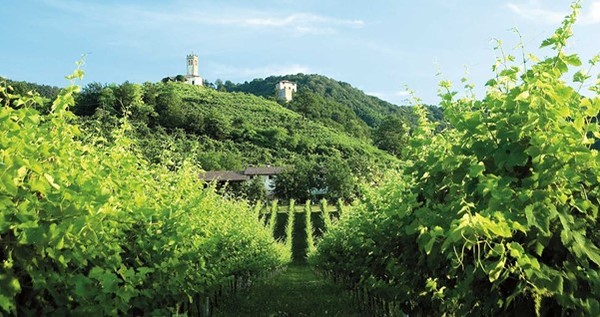
[아츠앤컬쳐] 와인 세계로의 이 새로운 여정은 우리를 이탈리아로, 더 정확하게는 베네토 지역의 트레비소 주변 언덕으로 인도한다. 이 지역의 코넬리아노, 아솔로, 발도비아데네와 같은 작은 마을에서 가장 유명한 이탈리아 스파클링 와인 중 하나인 프로세코가 생산되고 있다.
베네토의 이 지역은 포도 수확 축제가 언급된 로마 군인 무덤의 비문에서도 알 수 있듯이 고대부터 포도 재배가 널리 퍼져 있었다. 로마 역사가인 대(大) 플리니우스는 저서 ‘박물지(博物誌)Naturalis Historia’에서 오늘날의 이탈리아 트리에스테 주변에서 생산된 와인 푸치노를 언급하였다.

아우구스투스 황제의 부인 리비아는 푸치노의 치유력을 높이 평가해 86세까지 이 술을 매일 조금씩 마셨다고 한다. 로마제국이 멸망한 후 포와티에르의 주교 베난치오 포르투나토(530~607 CE)는 고향 발도비아데네를 “높은 산 아래 포도나무가 자라는 곳, 울창한 시골 전원이 건조한 지역을 보호하는 곳”이라고 묘사했다.

오랜 시간 후, 14~15세기에 오늘날 트레비소 주변의 포도밭 지역은 고대 이탈리아반도의 중요한 국가 중 하나인 베니스 공화국의 일부가 되었다. 발도비아데네 등의 마을이 와인 생산지로 인정되었고 그 와인은 해외로 판매되었다. 베네치아 귀족들은 그곳에 별장과 포도밭을 만들기 시작하며 대중적인 와인 문화에 귀족 사상을 퍼뜨렸다.
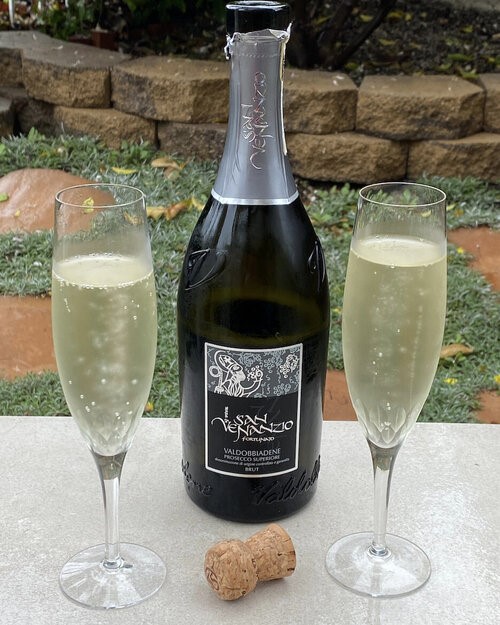
1500년대 초, 오스트리아 합스부르크 왕조 아래 트리에스테에서는 리볼라가 푸치노의 뒤를 이어 가장 유명한 화이트 와인이 되었다. 리볼라는 인근 마을의 다른 와인과 구별하여 트리에스테 인근의 프로세코 성에서 만든 와인이라고 칭했다. 즉, 원래 트리에스테에서 왔고 1700년대부터 이 이름으로 알려진 이 프로세코 와인은 트레비소 언덕에 이르러 시간이 흐른 오늘날에도 여전히 생산되고 있다.
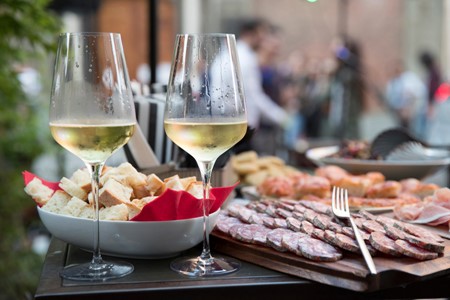
프로세코 디 발도비아데네는 글레라 포도로 만든 드라이 스파클링 와인으로 노란 밀짚색과 섬세하게 유지되는 페를라주(스파클링)가 특징이다. 부케 향은 등나무, 아카시아, 장미의 꽃향기와 사과, 배 및 약간의 감귤류 풍미가 결합되어 강렬하게 퍼진다. 맛은 신선하고 우아하며 과일 향과 꽃 향이 조화롭게 균형을 이루는 생생한 신맛이 있다.
프로세코 디 발도비아데네는 8~10℃에 마시는 것이 좋고 굴, 초 밥, 버섯 요리, 구운 생선, 해물 파스타, 고소한 파이, 살라미 소시지 및 훈제 치즈와 어울린다.

Prosecco di Valdobbiàdene
This new journey into the world of wine takes us back to Italy and, more precisely, to the hills around the city of Treviso, in the Veneto region. There, in some small towns like Conegliano, Asolo and Valdobbiàdene, one of the most famous Italian sparkling wines is made: Prosecco.
In this part of the Veneto, viticulture has been widespread since ancient times, as it can be seen from an inscription on the tomb of a Roman soldier where the grape harvest festivals are mentioned. In his essay “Naturalis Historia”, the Roman historian Pliny the Elder mentions Pucino, a wine originating from the surroundings of today’s Italian city of Trieste.
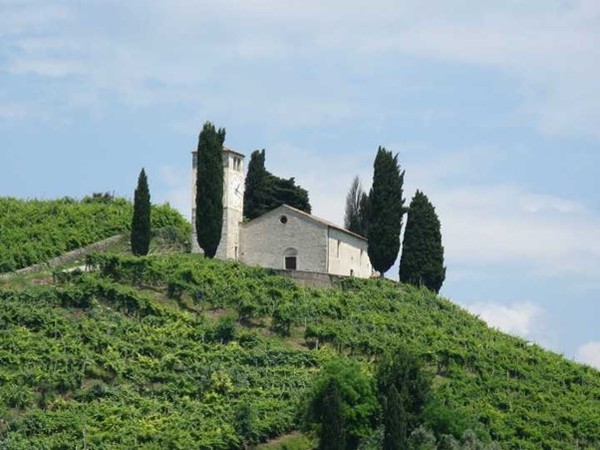
It is told that Livia, the wife of Emperor Augustus, praised Pucino for its healing properties, and that she lived up to the age of 86 drinking a little of this wine every day.
After the end of the Roman Empire, Venanzio Fortunato, bishop of Poitiers (530~607 CE), thus described Valdobbiàdene, his hometown: “a place where the vine sprouts under the high mountains, where the luxuriant countryside protects the arid areas”.

A long time later, between the fourteenth and the fifteenth century, this area with its vineyards around the current city of Treviso, became part of the Republic of Venice, one of the most important states existing in ancient times in the Italian peninsula.
Valdobbiàdene and the other towns in the district was recognized as a wine area and its wines were also sold abroad. The Venetian nobles began to build villas and wine farms there, spreading an aristocratic thought that was also transmitted to the popular wine culture.

Subsequently, in the early 1500s in Trieste, then ruled by the Habsburgs of Austria, Ribolla was the most renowned white wine and was believed to be the heir of the Pucino. To distinguish the Ribolla of Trieste from the other wines of the nearby towns, it was referred to as the wine made at the castle of Prosecco, near Trieste. Over time then, the Prosecco wine, originally from Trieste and known by this name since the 1700s, reached the Treviso hills, where it is still made today.
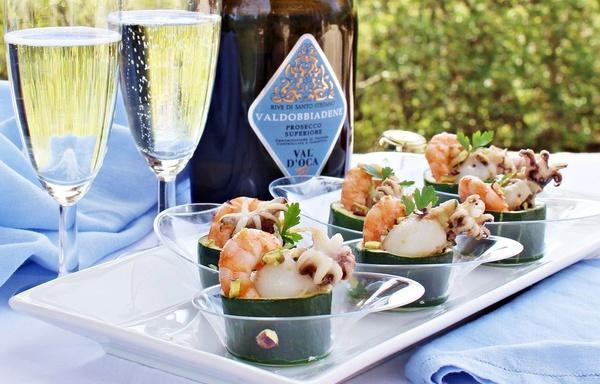
Prosecco di Valdobbiàdene is a dry sparkling wine made mainly with Glera grapes, with a straw yellow color and a fine, persistent perlage. The bouquet is broad, intense, with floral notes of wisteria, acacia and rose, combined with fruity notes of apple, pear and a slight hint of citrus. The taste is fresh, elegant, with a lively acidity that harmoniously balances the fruity and floral notes.
Prosecco di Valdobbiàdene should be served around 8~10 ‘C and pairs with oysters, sushi, mushroom dishes, baked fish, seafood pasta, savory pies, salami and smoked cheeses.

글 | 에밀리아노 펜니지 Emiliano Pennisi
Sogang University lecturer of Italian language
Wine scholar and expert
He attended sommellier courses in Italy

